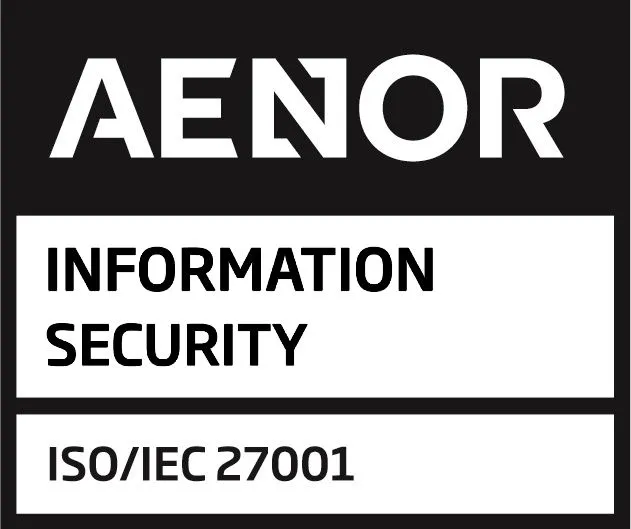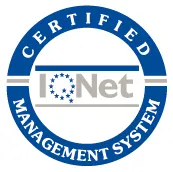
The employee onboarding process in a company is much more than just an administrative procedure; it is the gateway for a new employee to feel part of the team from day one. A well-structured integration not only accelerates the employee’s adaptation but also directly impacts their engagement, productivity, and retention within the company. In this article, we will explore in depth what onboarding is, why it is so important, and how to design an effective process that benefits both employees and the organization.
Table of Contents
What is Employee Onboarding?
Employee onboarding is the process of integrating a new employee into the company, from the moment they accept the job offer until they feel completely adapted and productive in their new role. This process is crucial for the employee to understand their role, learn about the company culture, and feel part of the team from day one.
The Importance of Good Employee Onboarding in a Company
A well-structured employee onboarding process is essential for both the employee and the company. Let’s explore why:
Benefits for the Employee
- Quick Adaptation: A well-structured onboarding allows new employees to quickly adapt to their work environment, enabling them to start contributing effectively from the beginning.
- Sense of Belonging: Onboarding strengthens the employee’s sense of belonging, enhancing their motivation and commitment to the company.
- Role Clarity: Good employee onboarding ensures that the employee clearly understands their responsibilities and expectations, reducing anxiety and stress associated with the first days in a new job.
Benefits for the Company
- Reduced Turnover: Effective employee onboarding can decrease employee turnover rates. Studies show that employees who go through a structured onboarding process are 69% more likely to remain with the company for at least three years.
- Increased Productivity: Well-integrated employees tend to be more productive in less time.
- Improved Company Culture: Effective employee onboarding can help instill and maintain a positive company culture.
Onboarding Challenges for the Company and the Employee
Challenges for the Company
- Limited Resources: Small businesses often lack the resources needed to implement a formal onboarding program.
- Lack of Structure: Without a defined process, onboarding can be inconsistent, leaving some employees ill-prepared.
- Resistance to Change: Established teams may resist adapting their methods to incorporate new employees.
Challenges for the Employee
- Information Overload: New employees may feel overwhelmed by the amount of information they need to absorb in their first days.
- Insecurity: Lack of clarity about their role and expectations can create insecurity and anxiety for the employee.
- Isolation: Without proper integration, new employees may feel isolated and disconnected from the team.

Recommendations and Guidelines for a Smooth Onboarding Process
1. Advance Planning
Before the new employee arrives, it’s crucial to have a well-structured employee onboarding plan. This plan should include a list of tasks and objectives to be accomplished during the first month.
2. Welcome and Introductions
The first day is vital for making a good impression. Ensure the new employee feels welcomed and is introduced to their team and key collaborators.
3. Training and Education
Provide proper training on the tools and systems the employee will use. Additionally, offer an overview of the company, its mission, vision, and values.
4. Mentoring and Support
Assigning a mentor or “buddy” can be extremely beneficial. This person can serve as a point of reference for questions and guidance during the first few months.
5. Feedback and Evaluations
Schedule regular evaluations to provide constructive feedback and ensure the employee feels supported and is progressing adequately.
6. Social Integration
Organize social activities or team events to help the new employee integrate and get to know their colleagues better.
7. Use of Technology
Tools such as Learning Management Systems (LMS) and HR systems can facilitate the onboarding process by providing access to training and resources efficiently.
8. Continuous Review and Improvement
The employee onboarding process should be continuously reviewed and improved. Collect feedback from new employees and adjust the program as needed to ensure its effectiveness.
Conclusion
An employee onboarding is a crucial investment for any company that wants to ensure the success and retention of its employees. A well-designed onboarding process not only facilitates the adaptation of the new employee but also strengthens company culture, improves productivity, and reduces staff turnover. By following the mentioned recommendations and guidelines, companies can create an effective and positive onboarding experience that benefits both the employees and the organization as a whole. The key lies in planning, a warm welcome, proper training, and ongoing support and feedback. With a proactive and structured approach, onboarding can become a powerful tool for business success.
New to Vip District? Contact us and find out what our platform has to offer!







